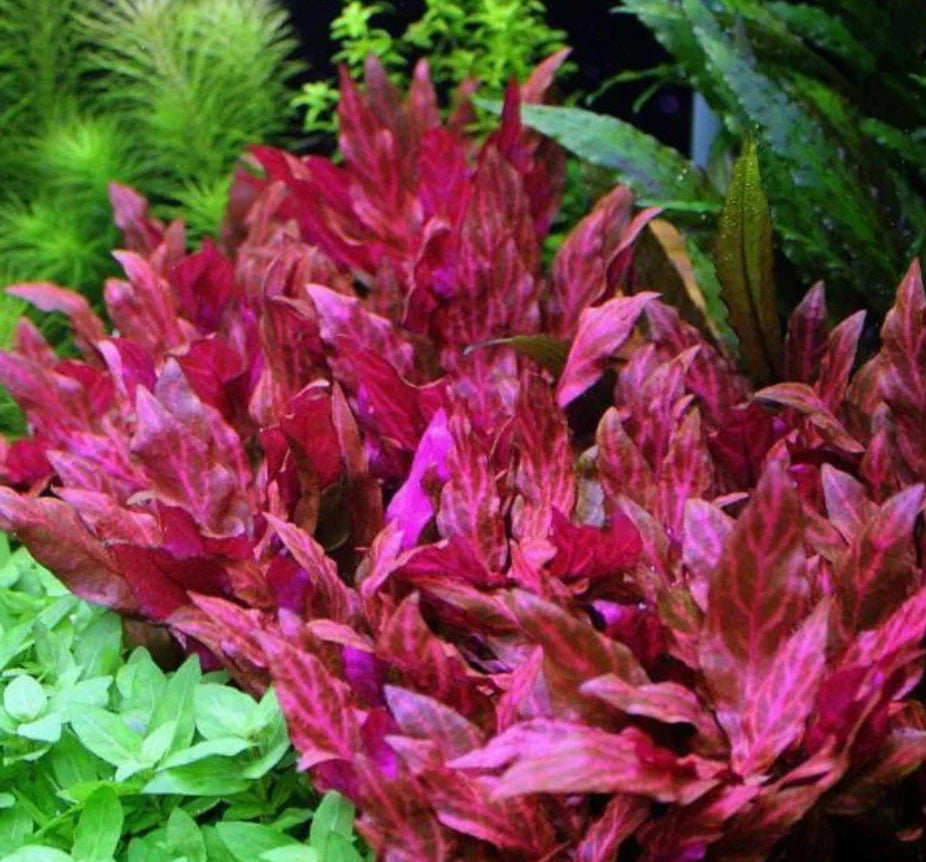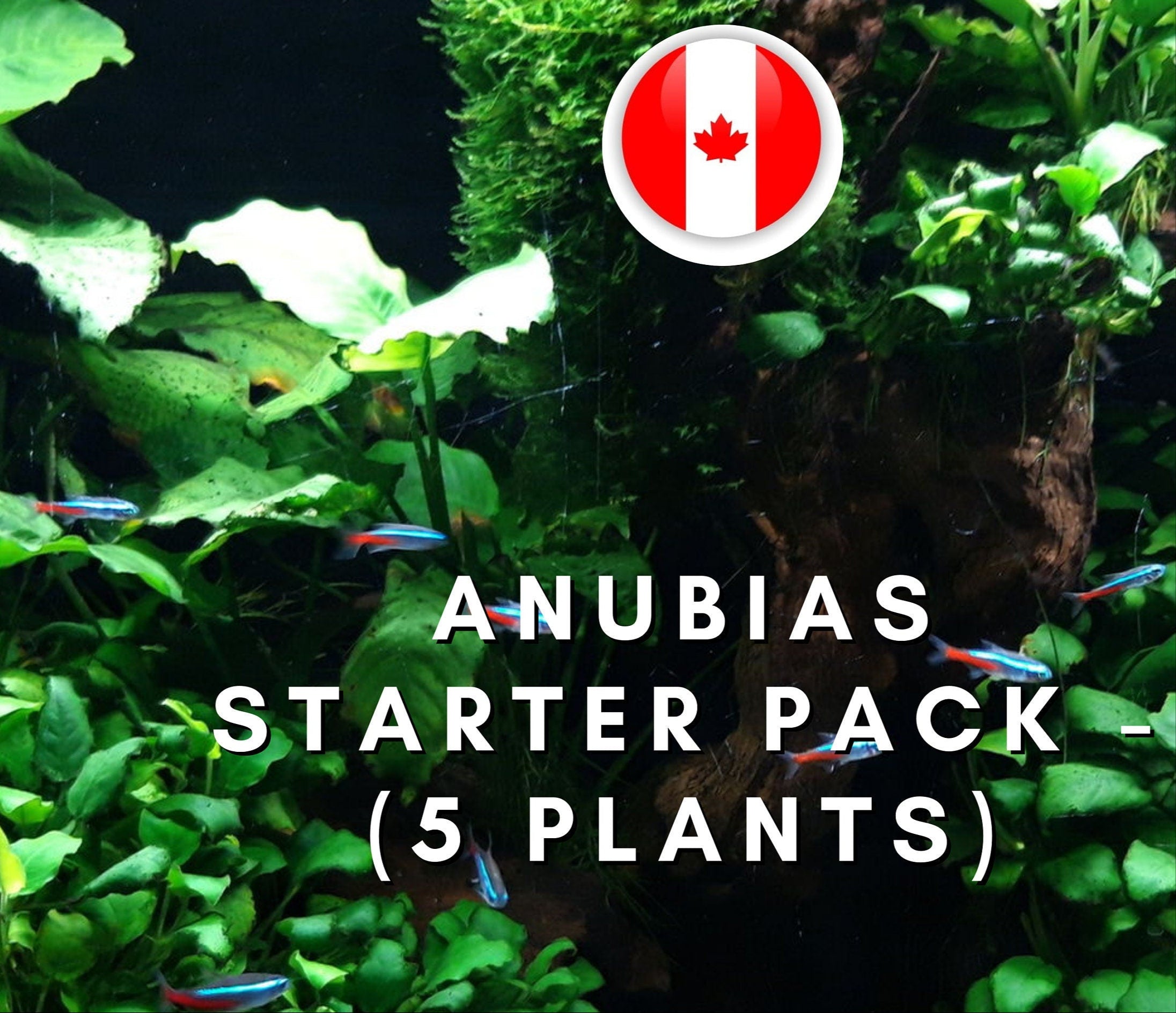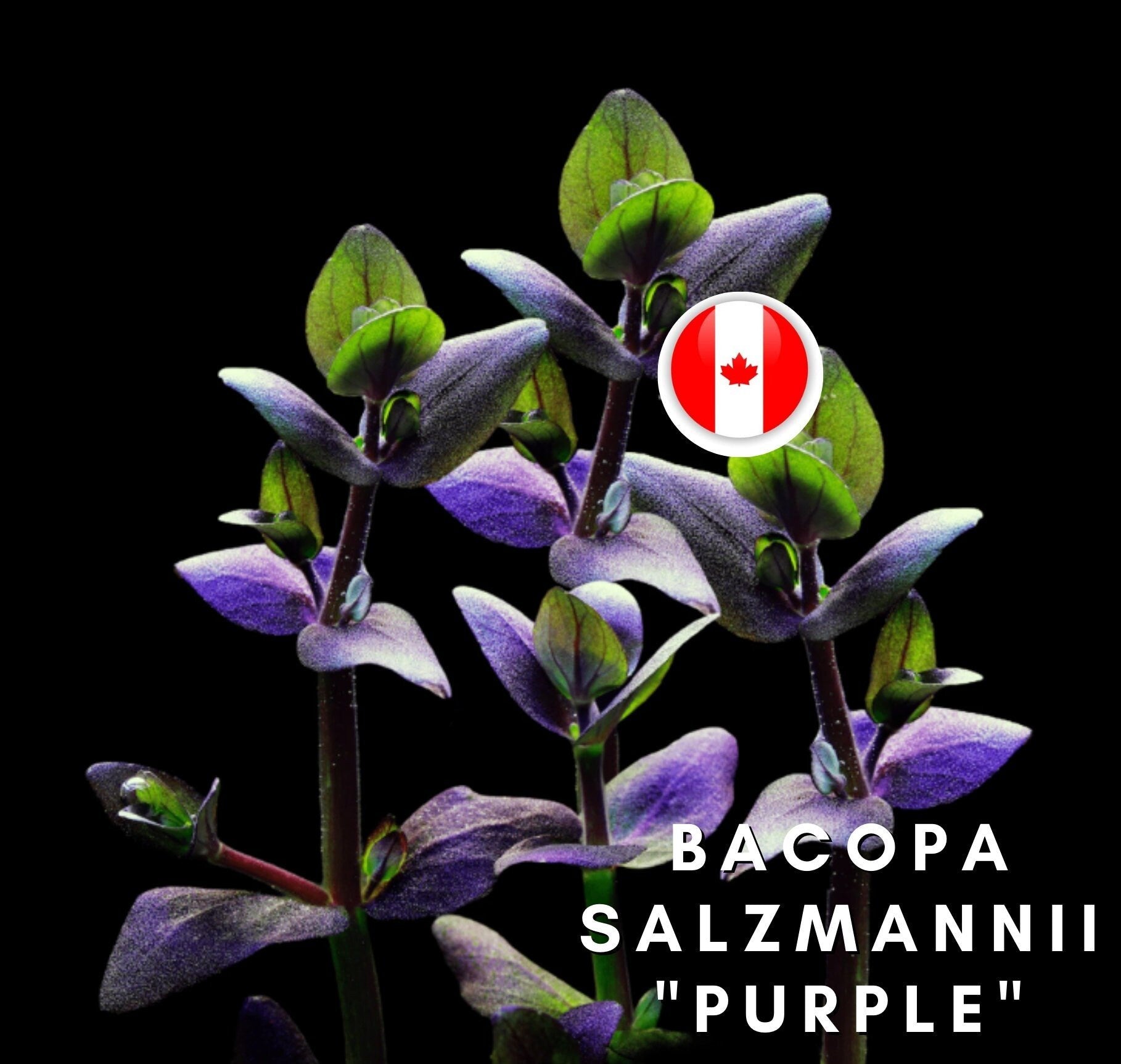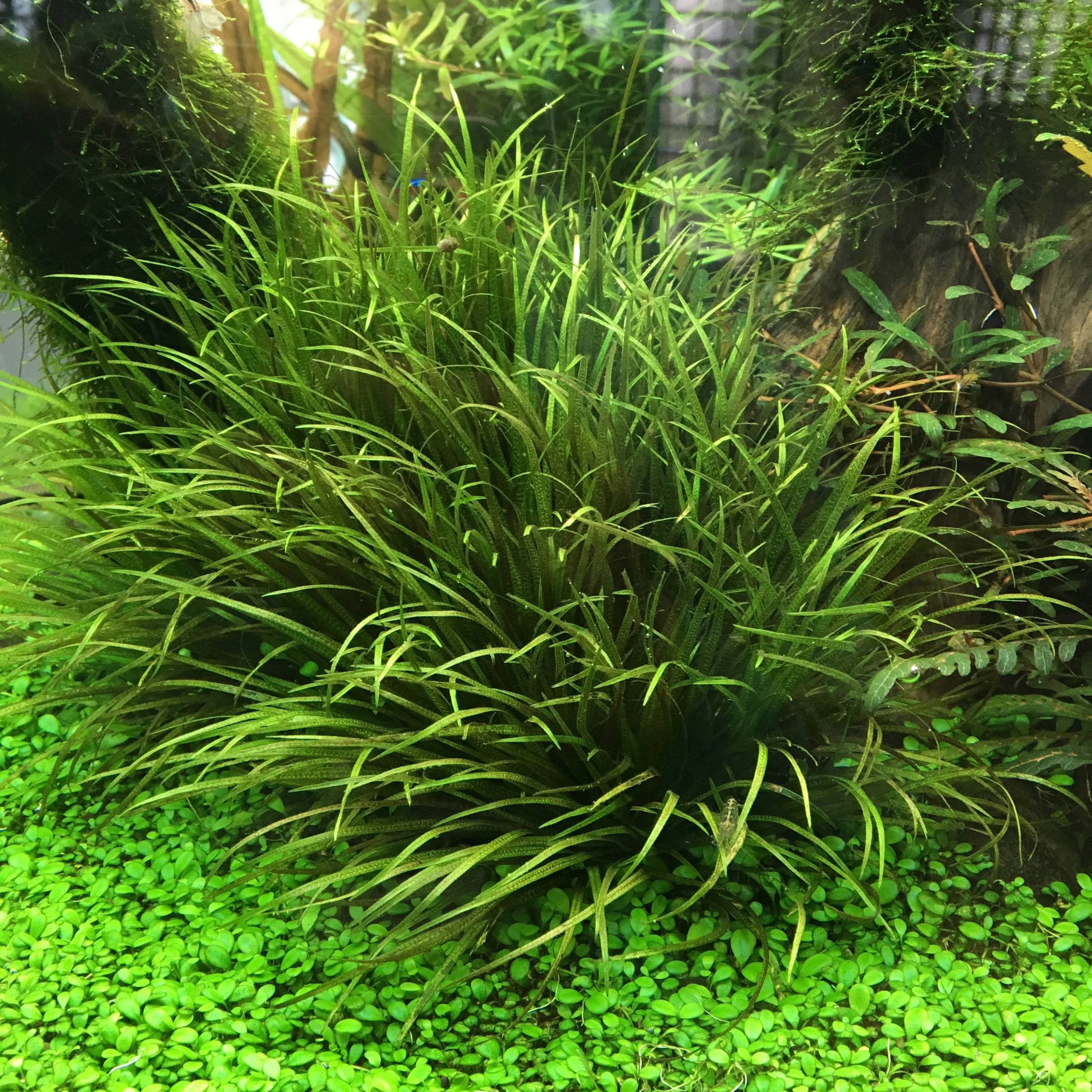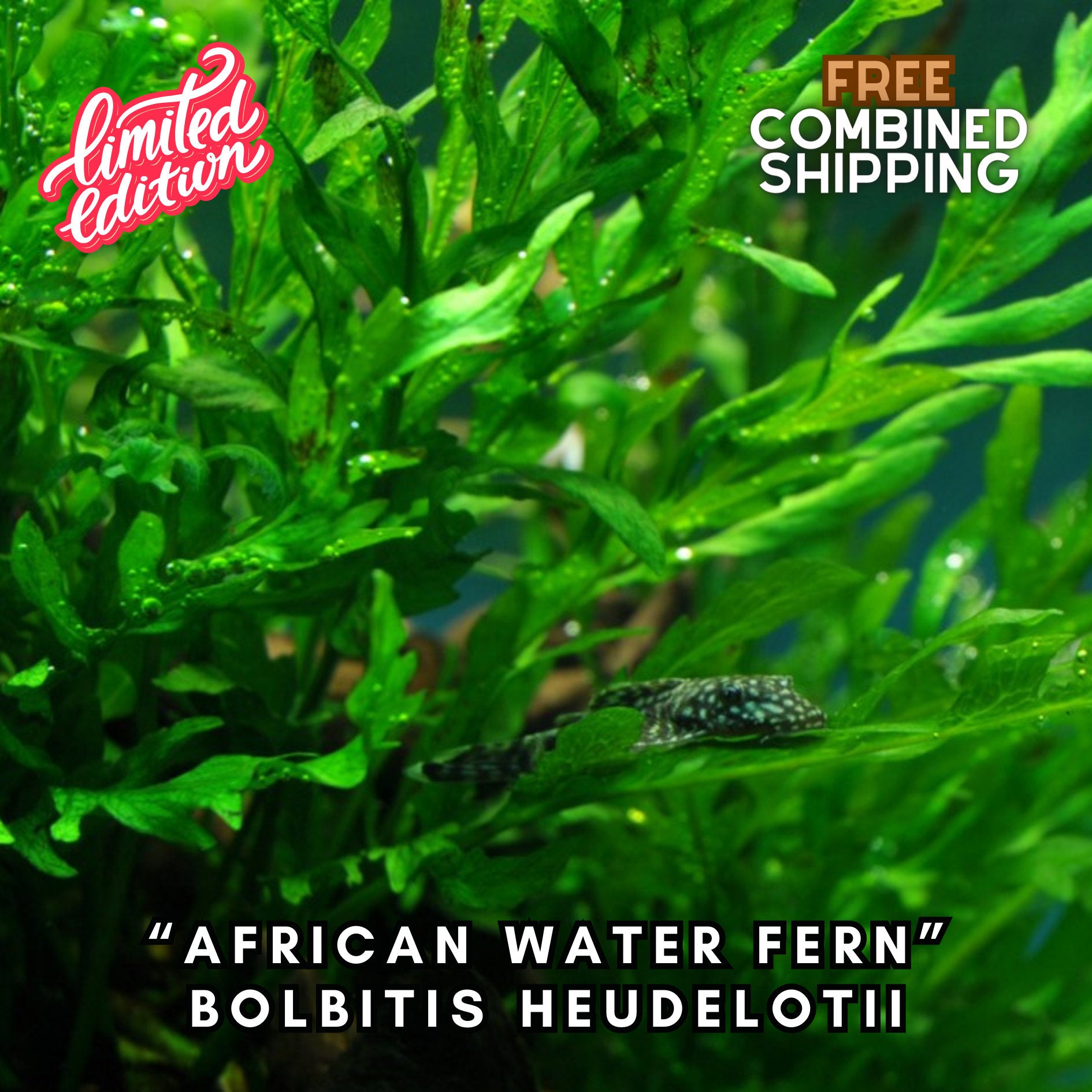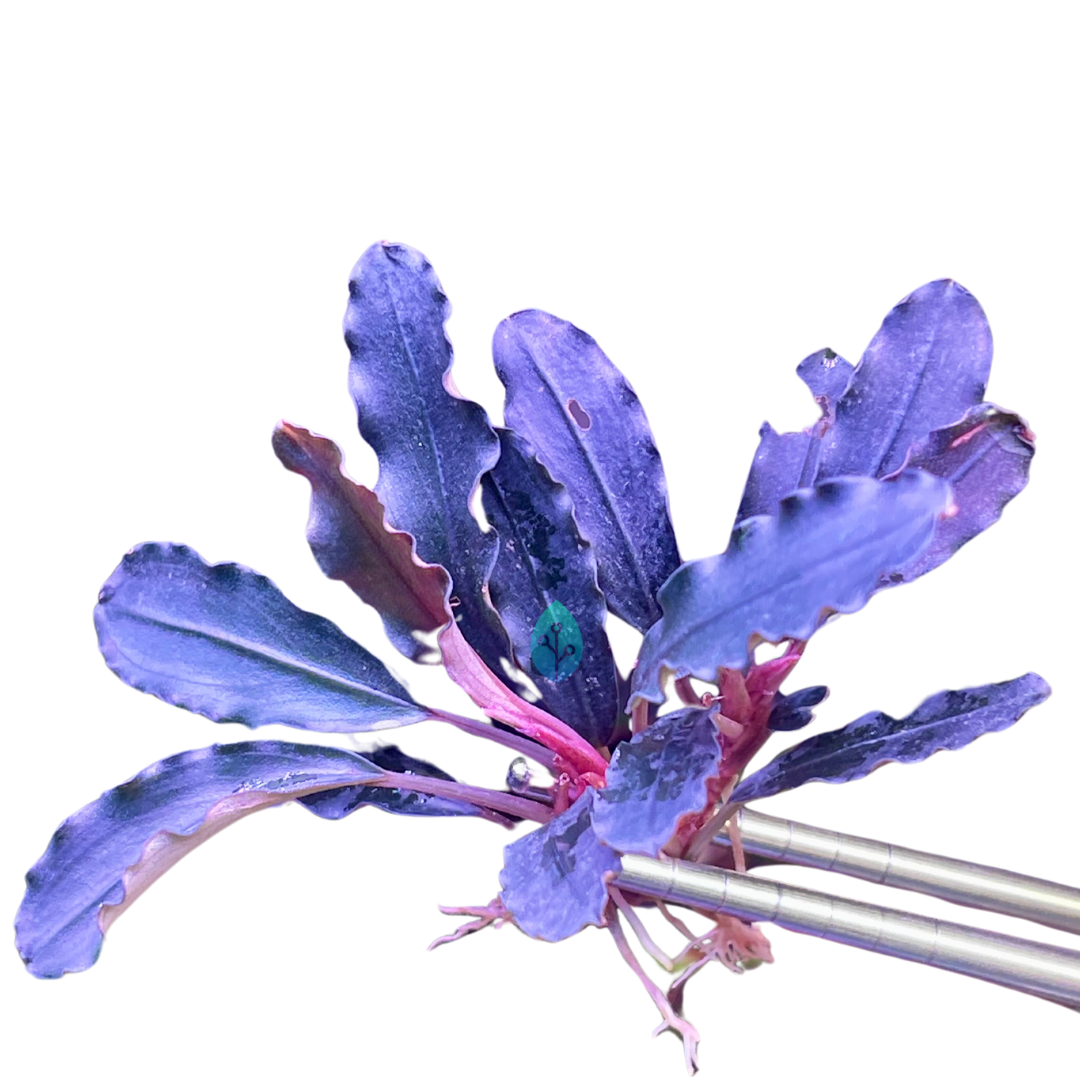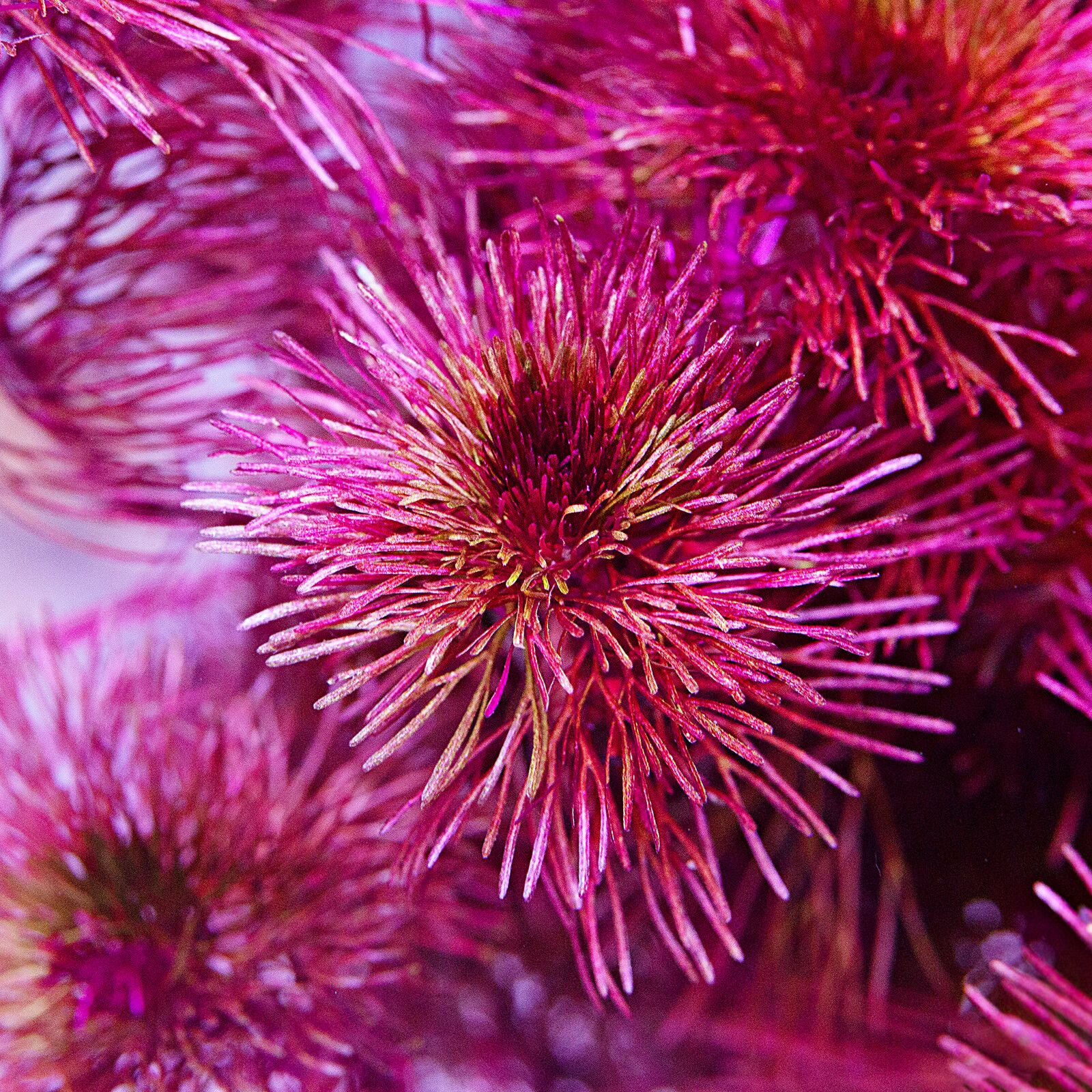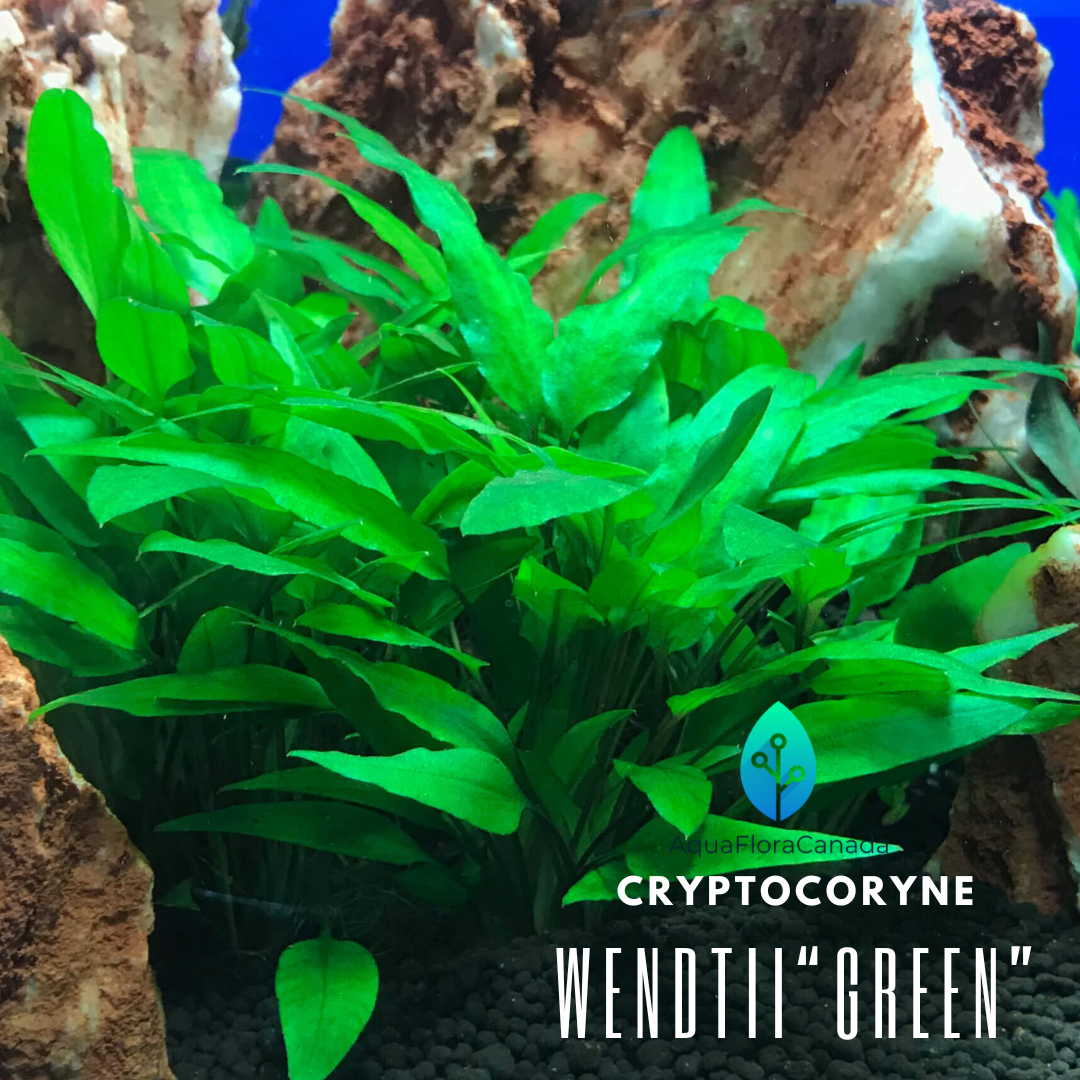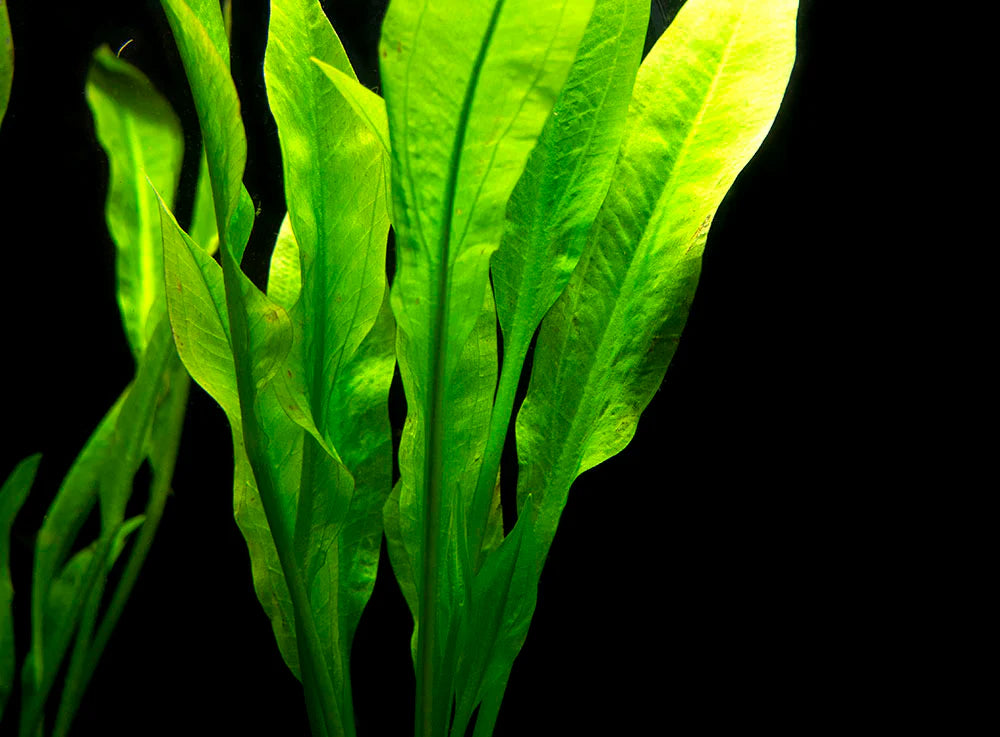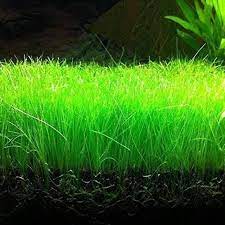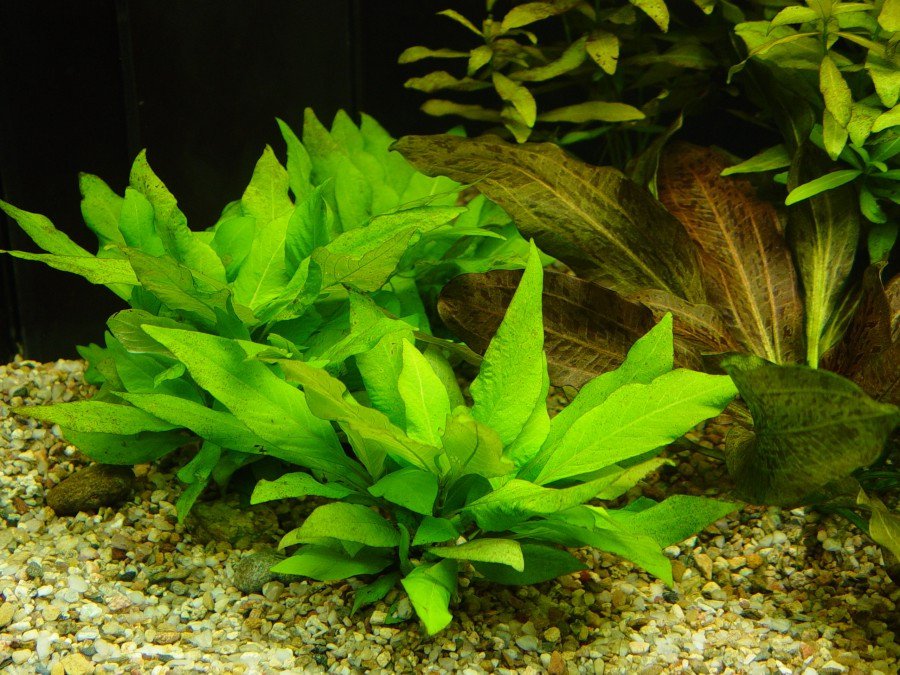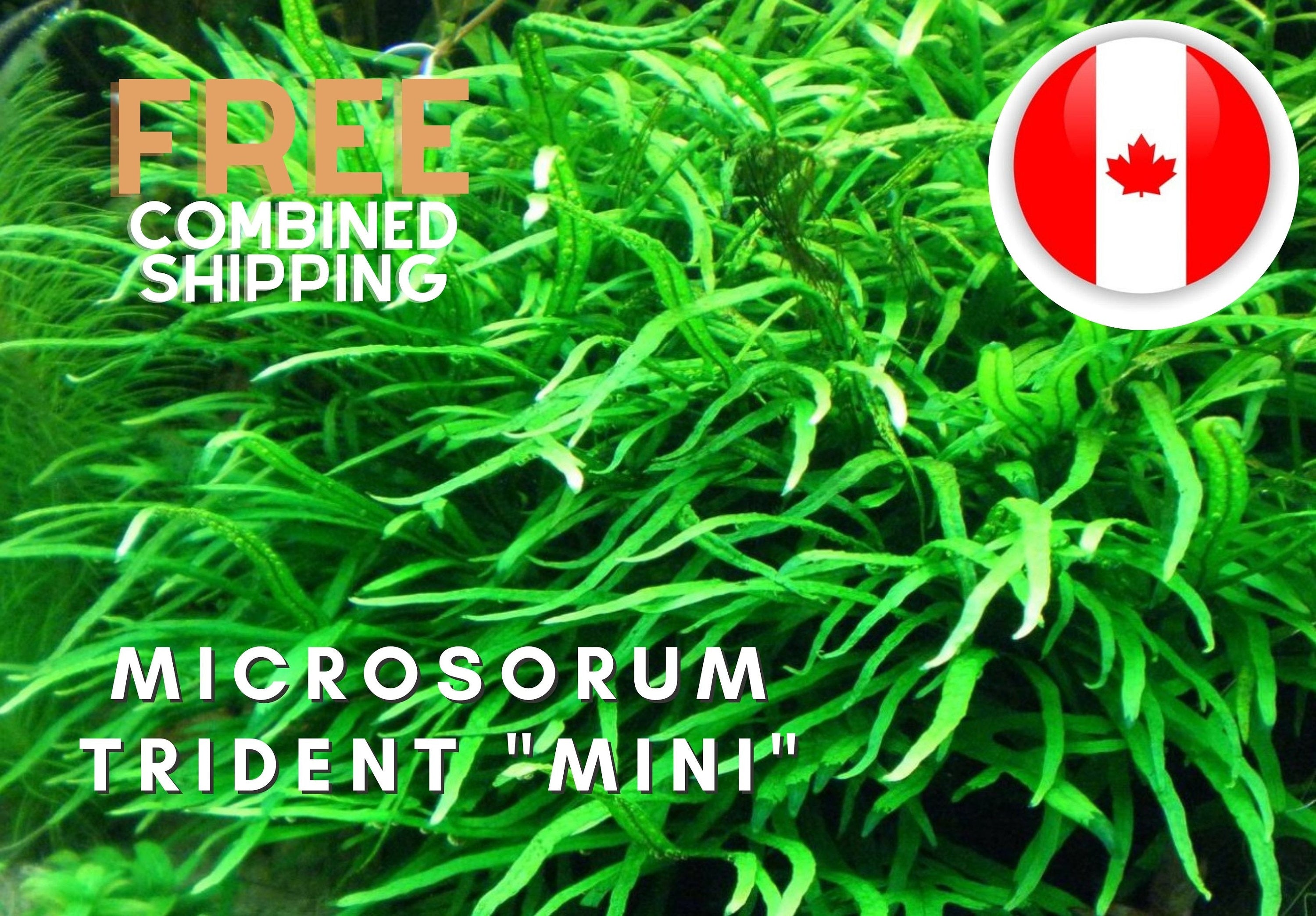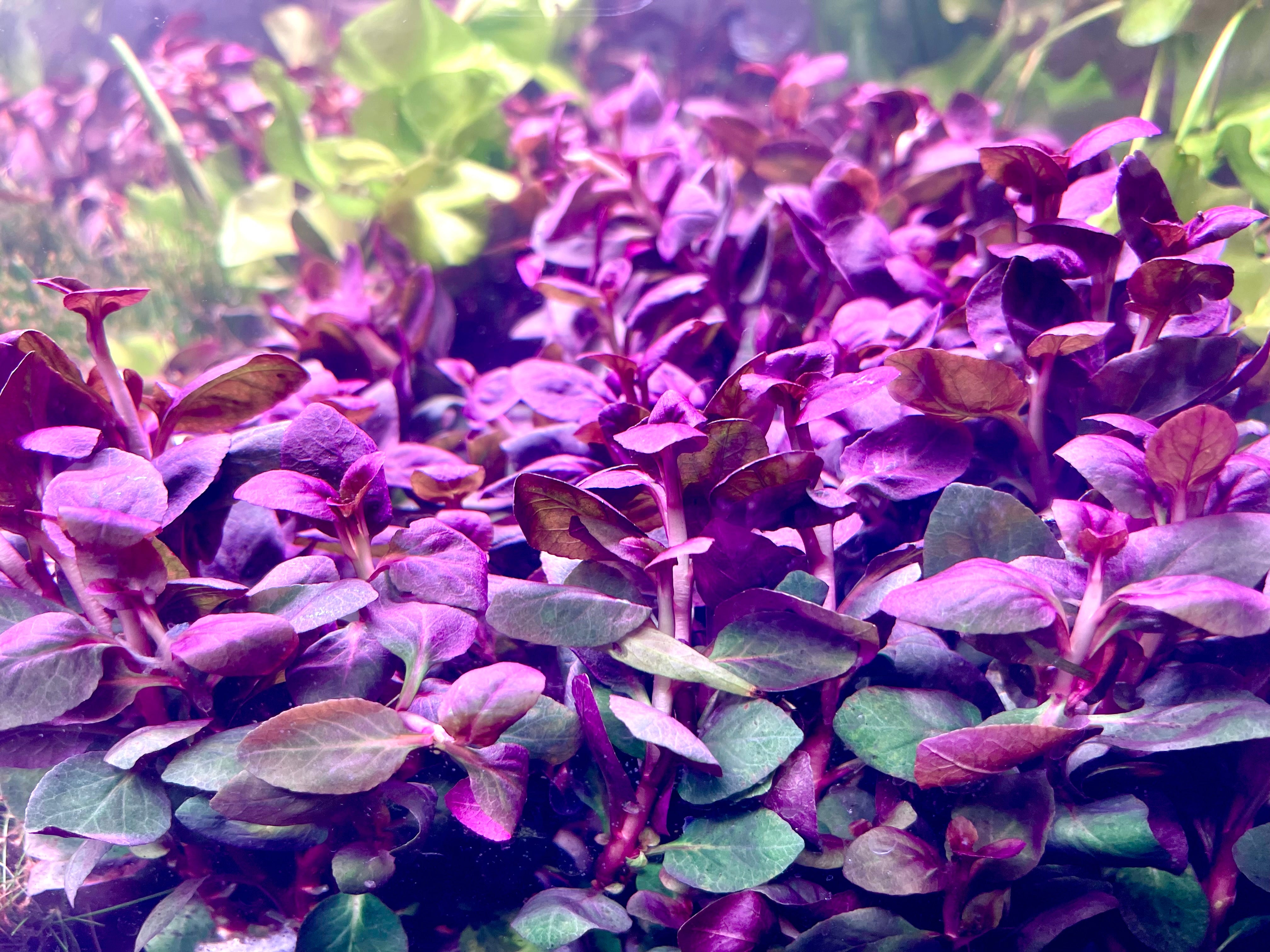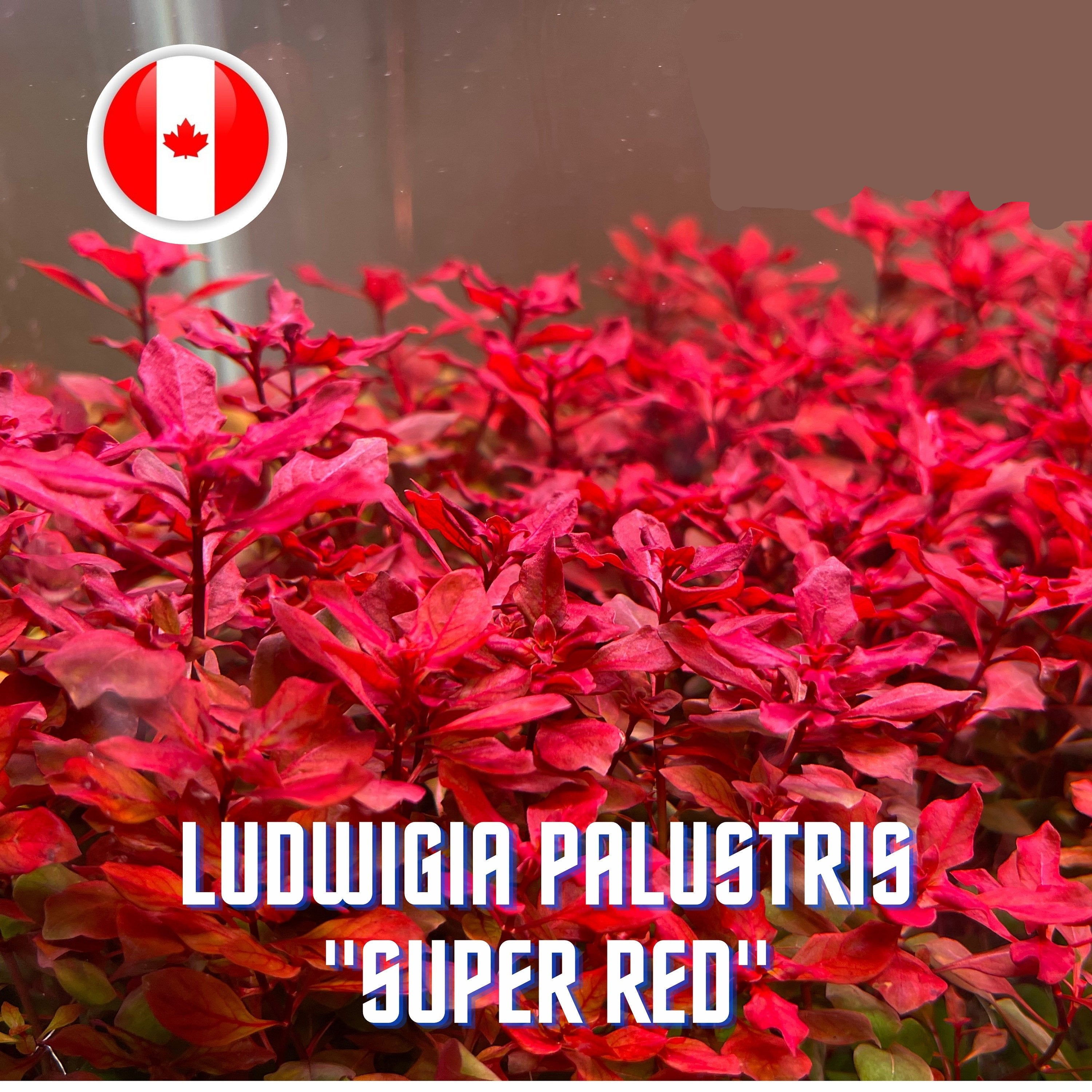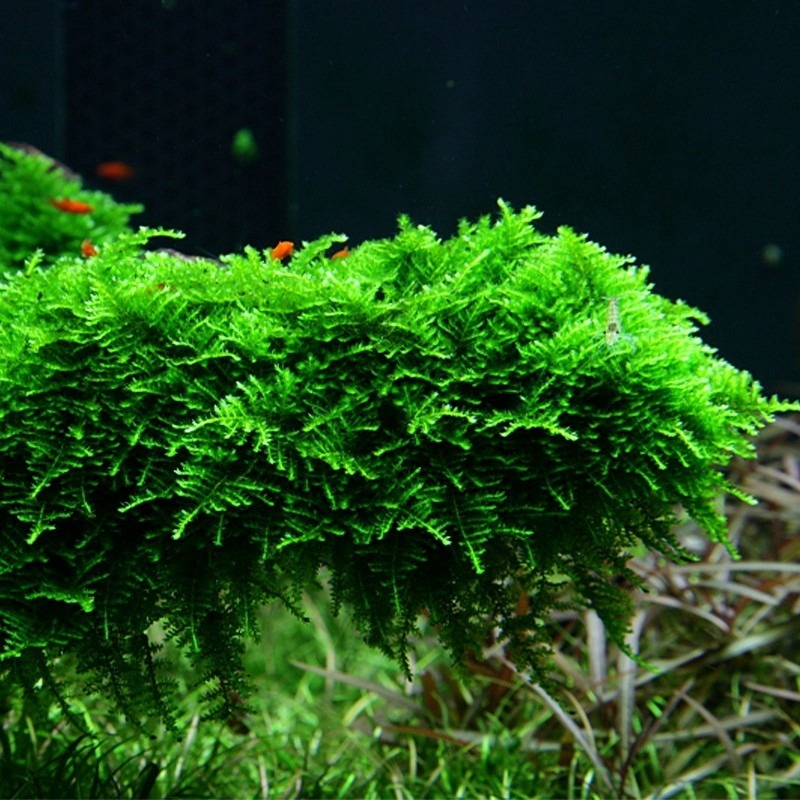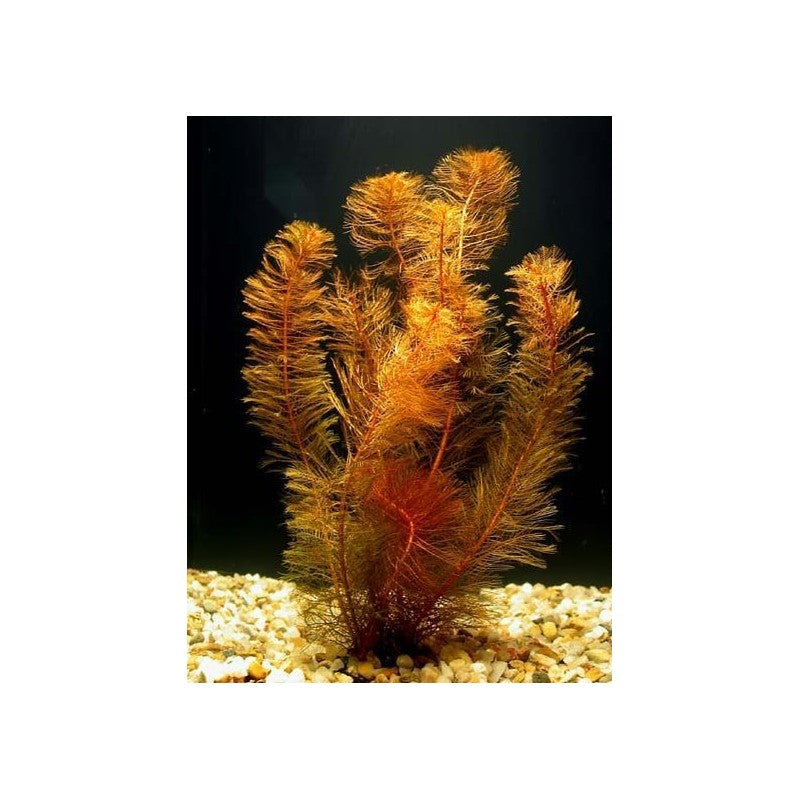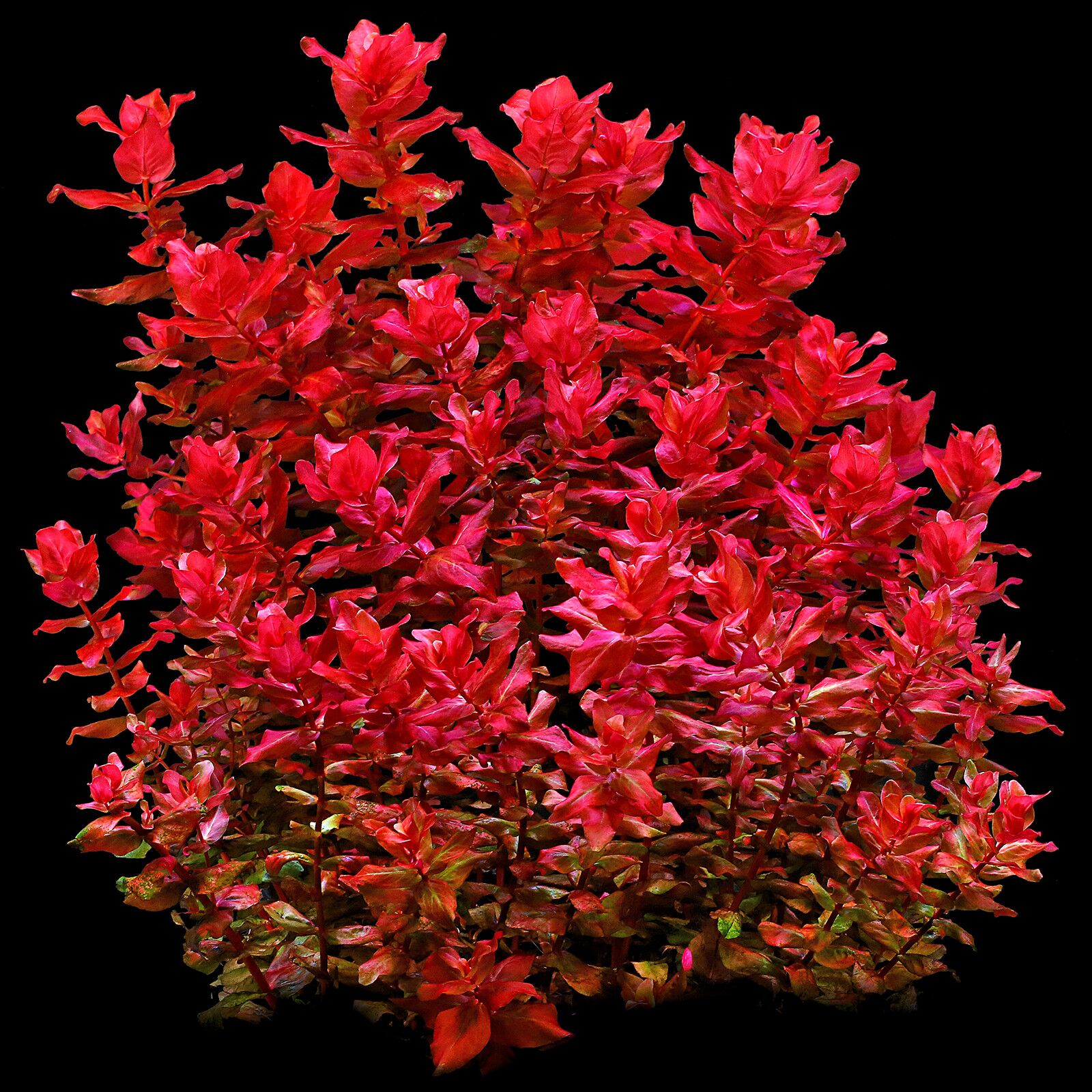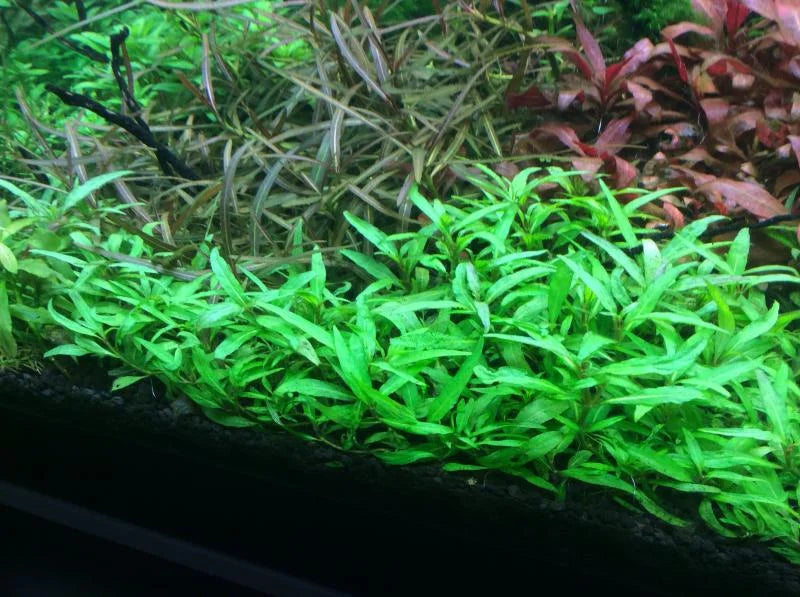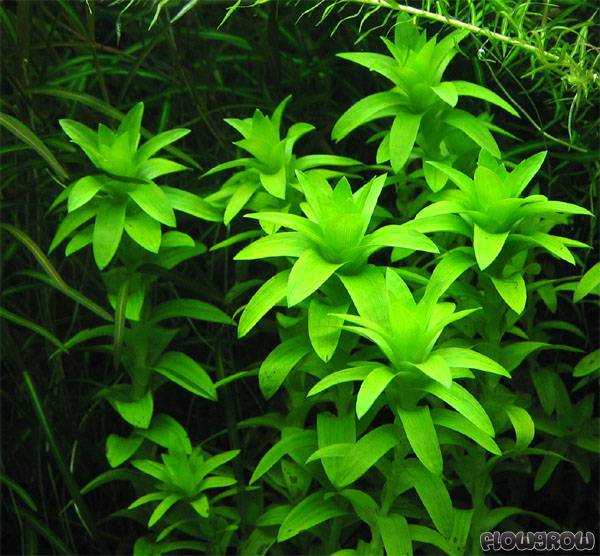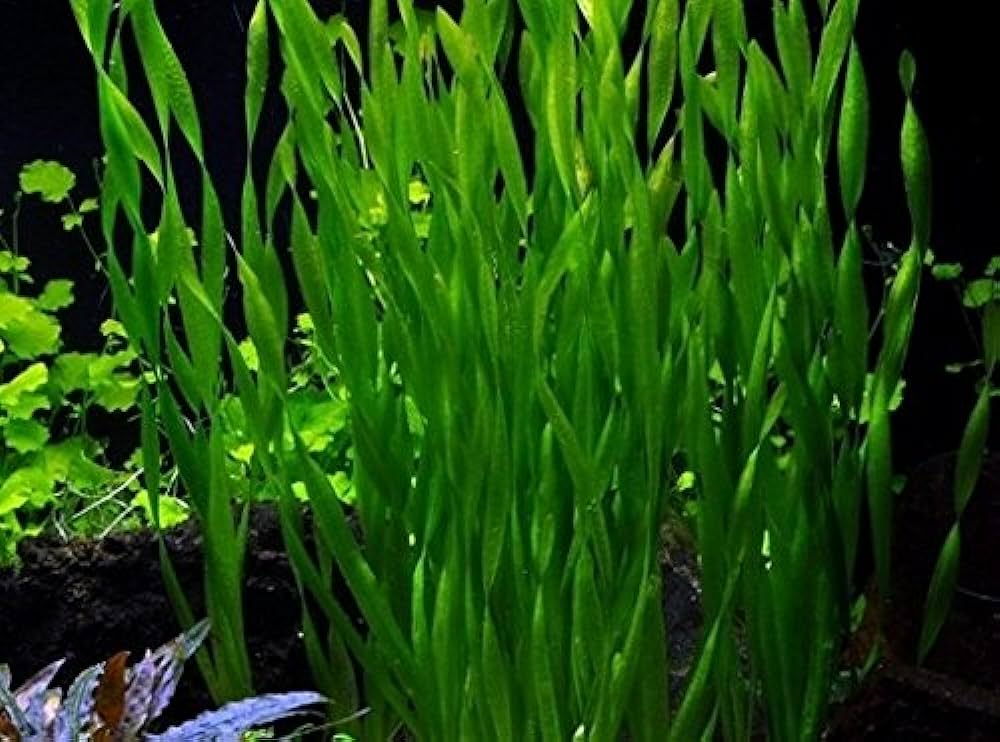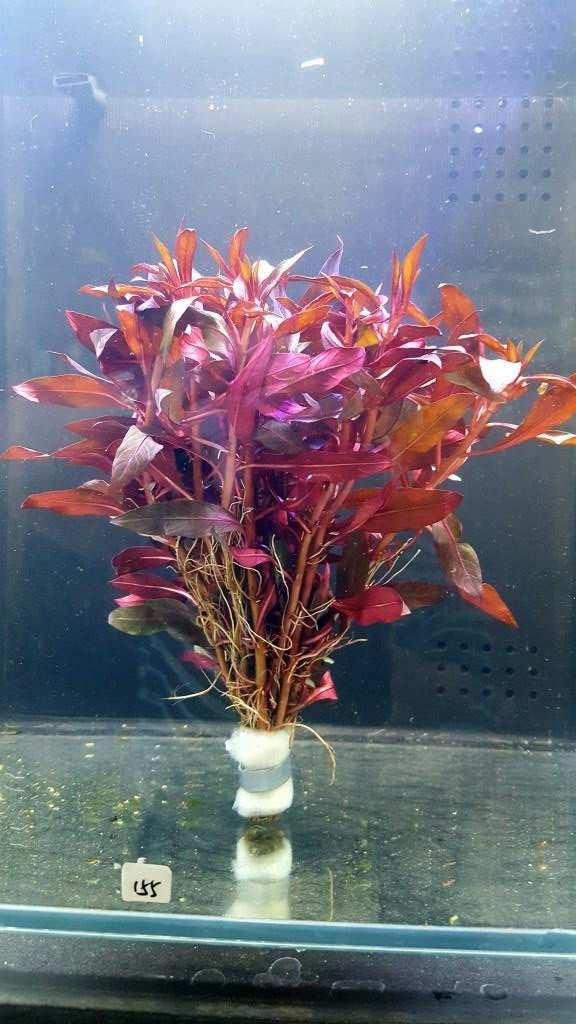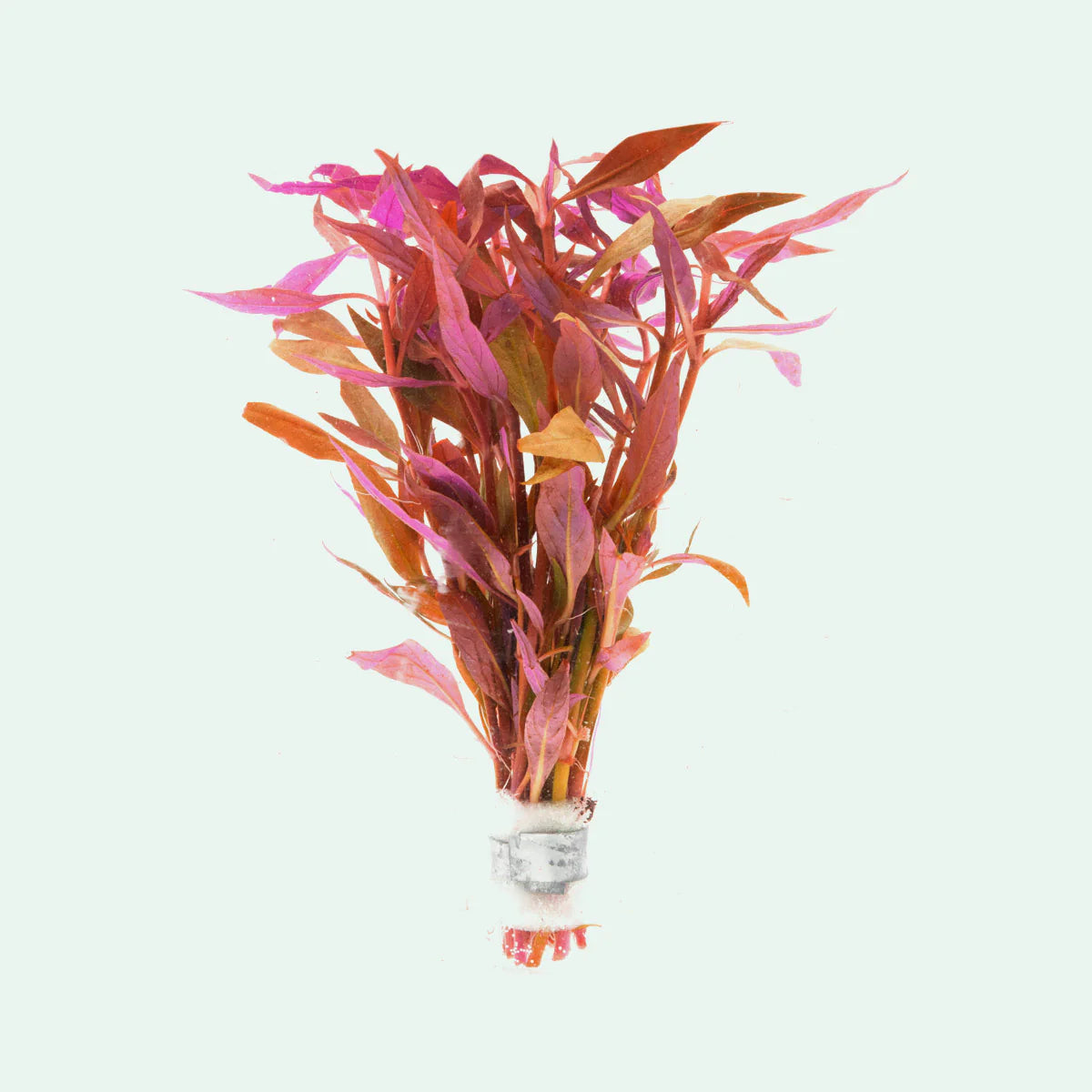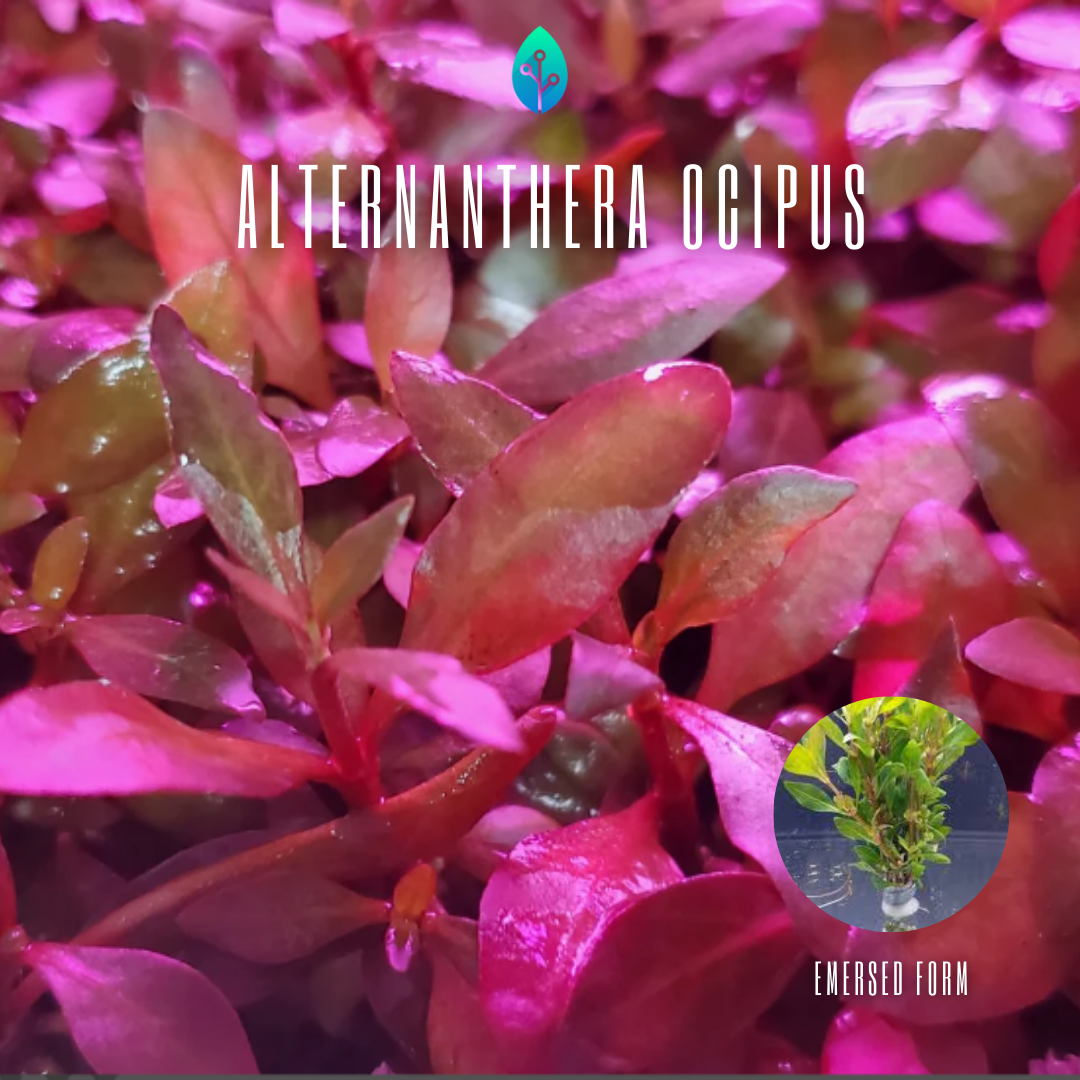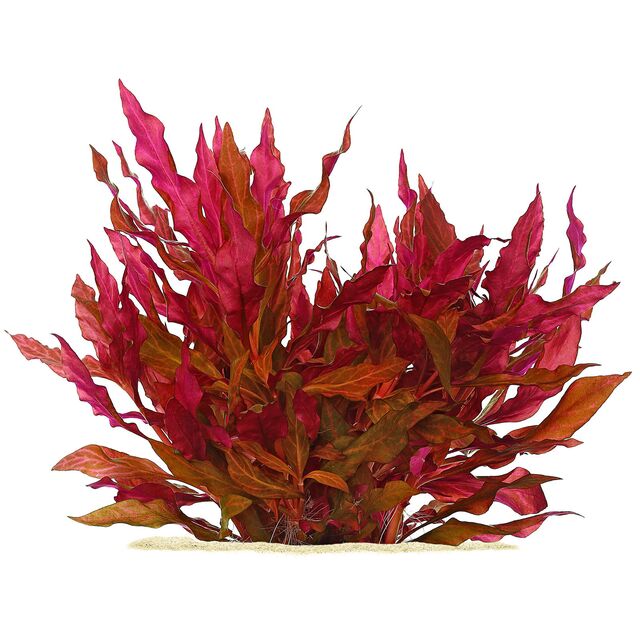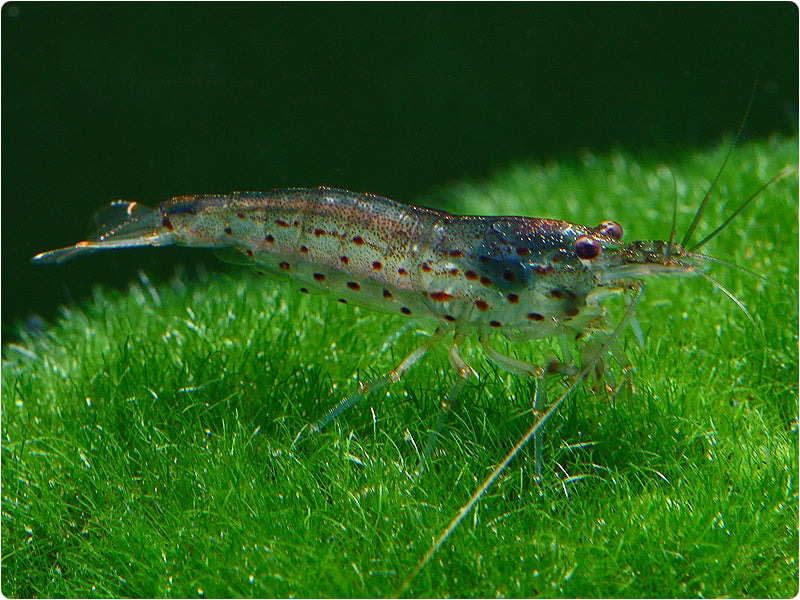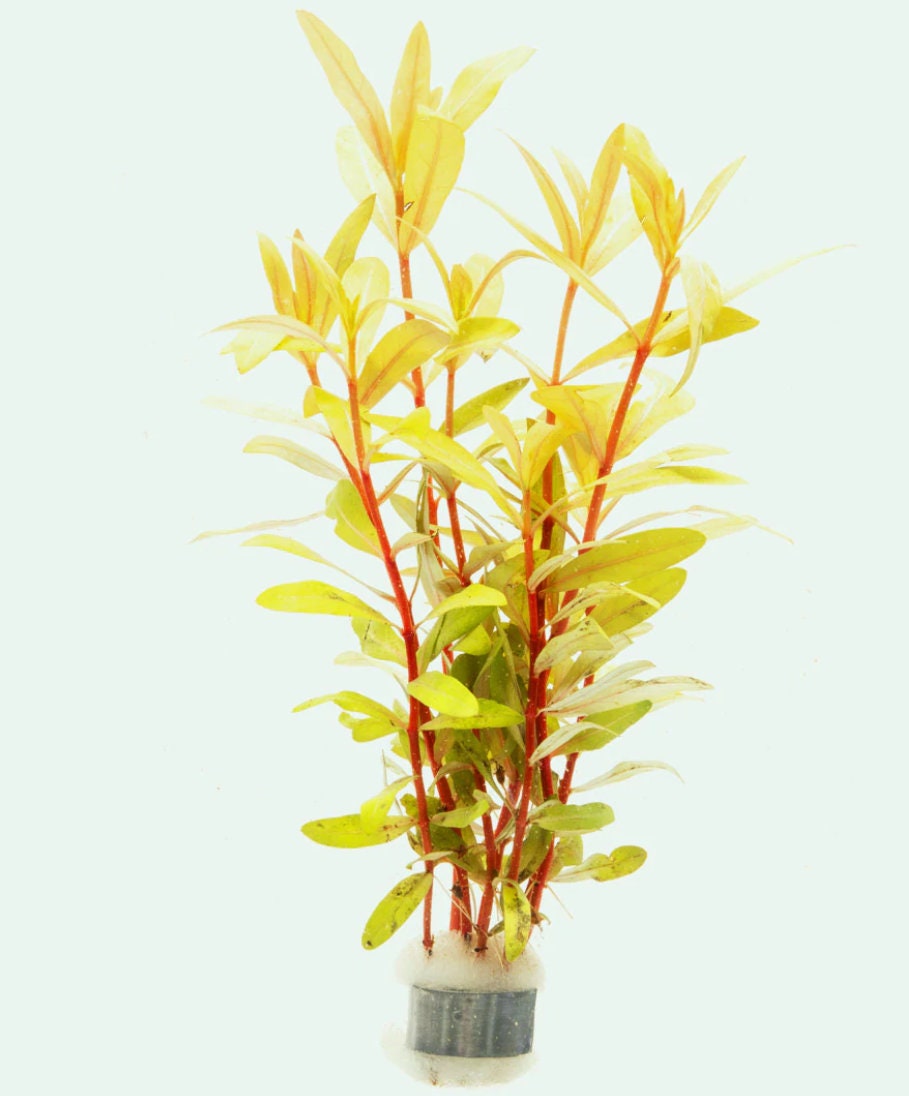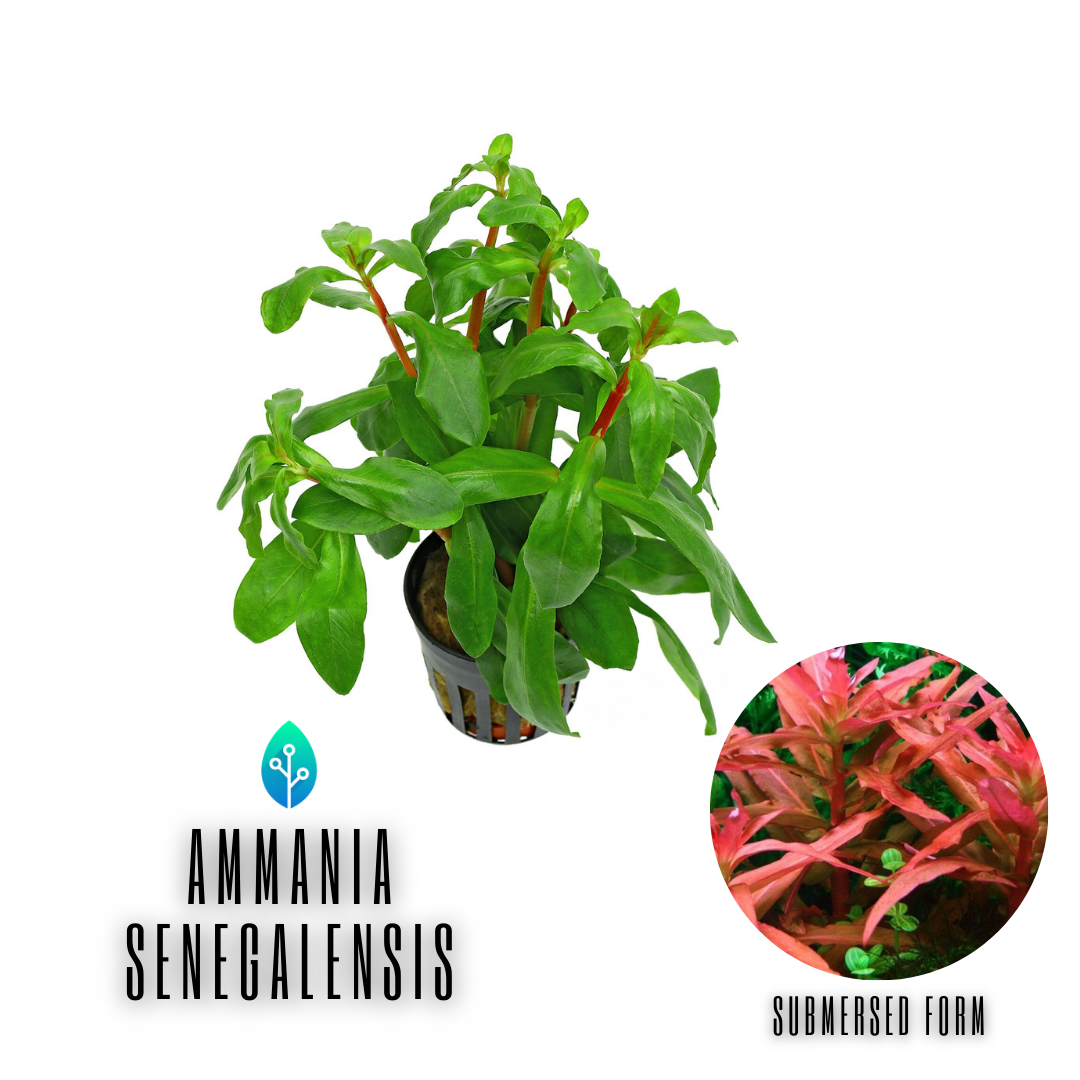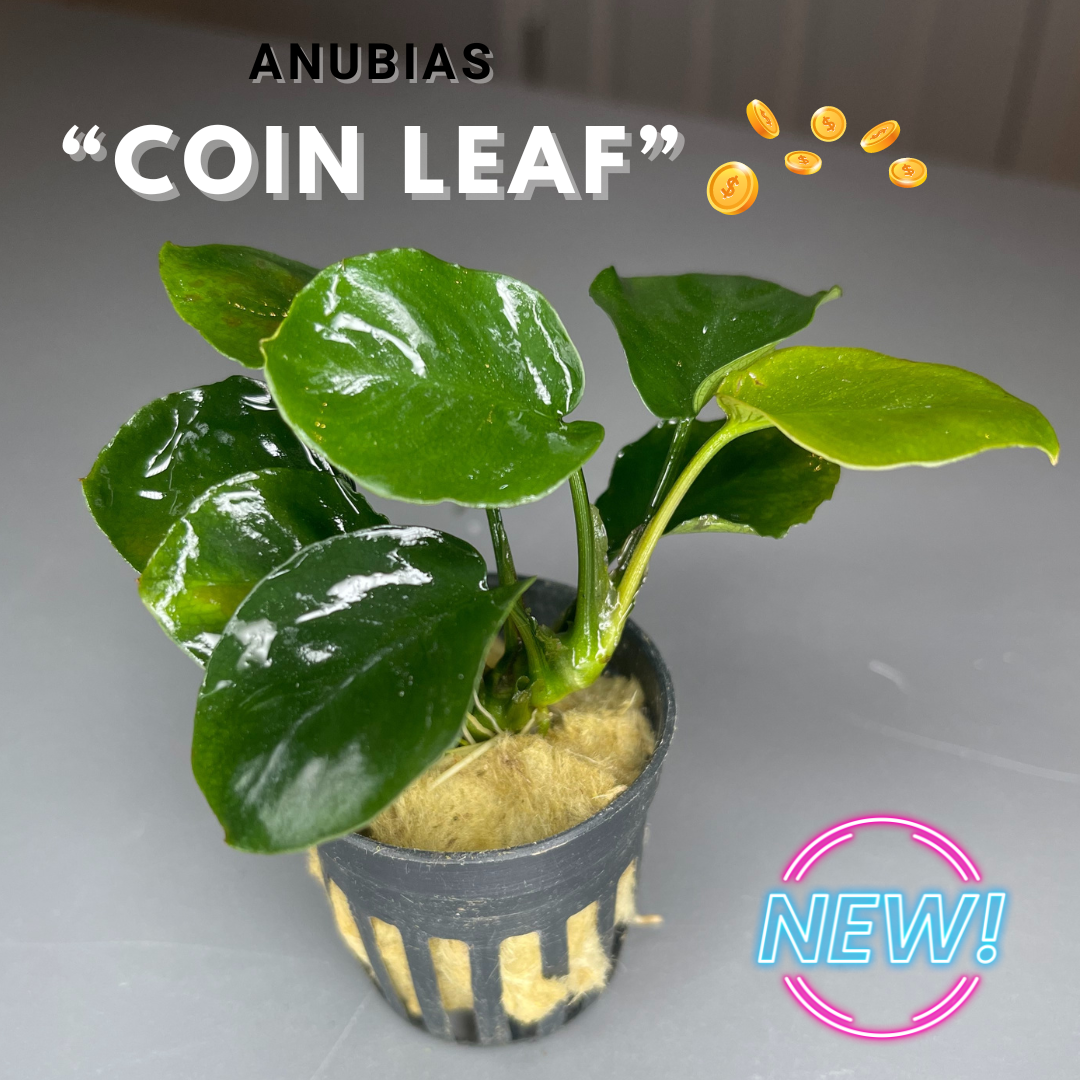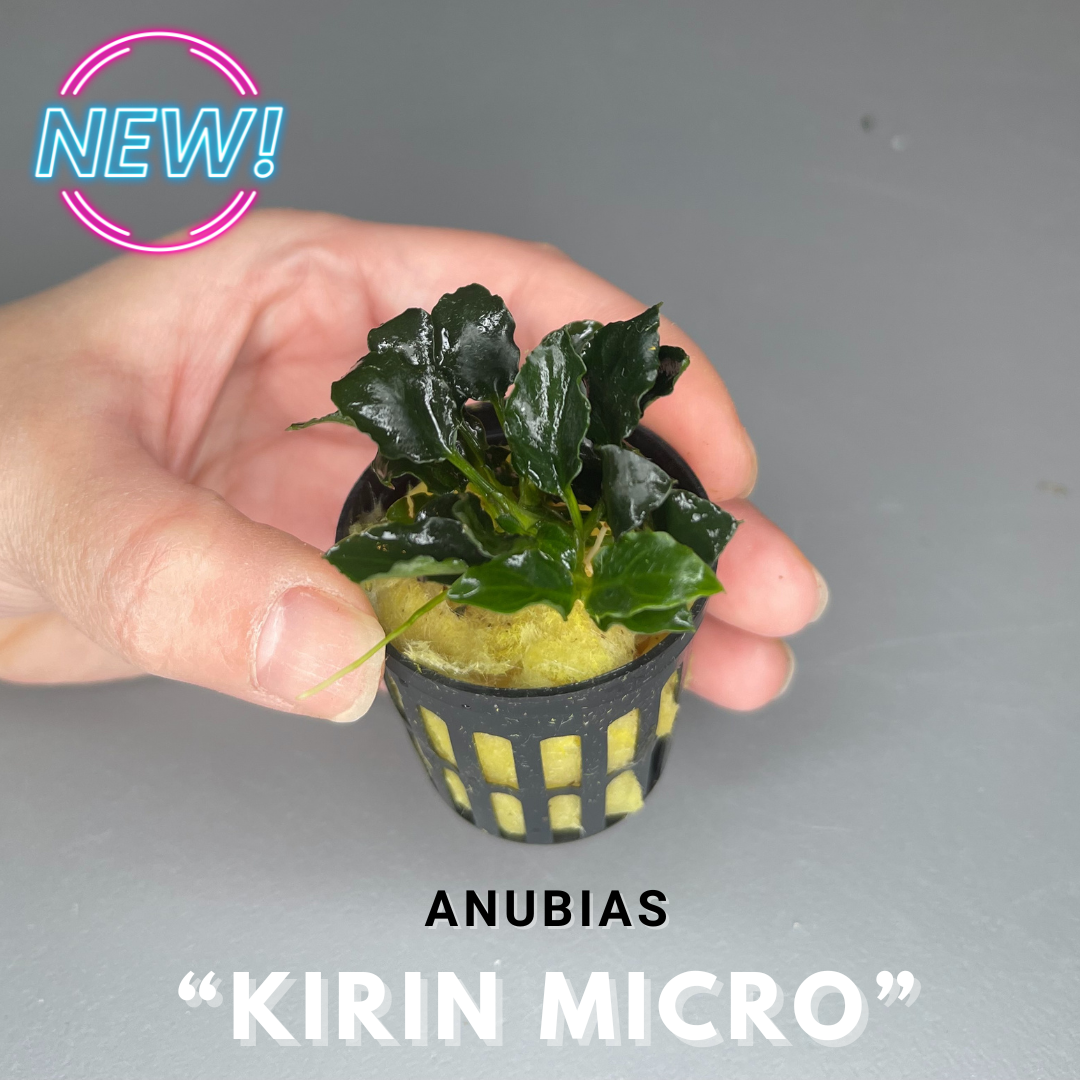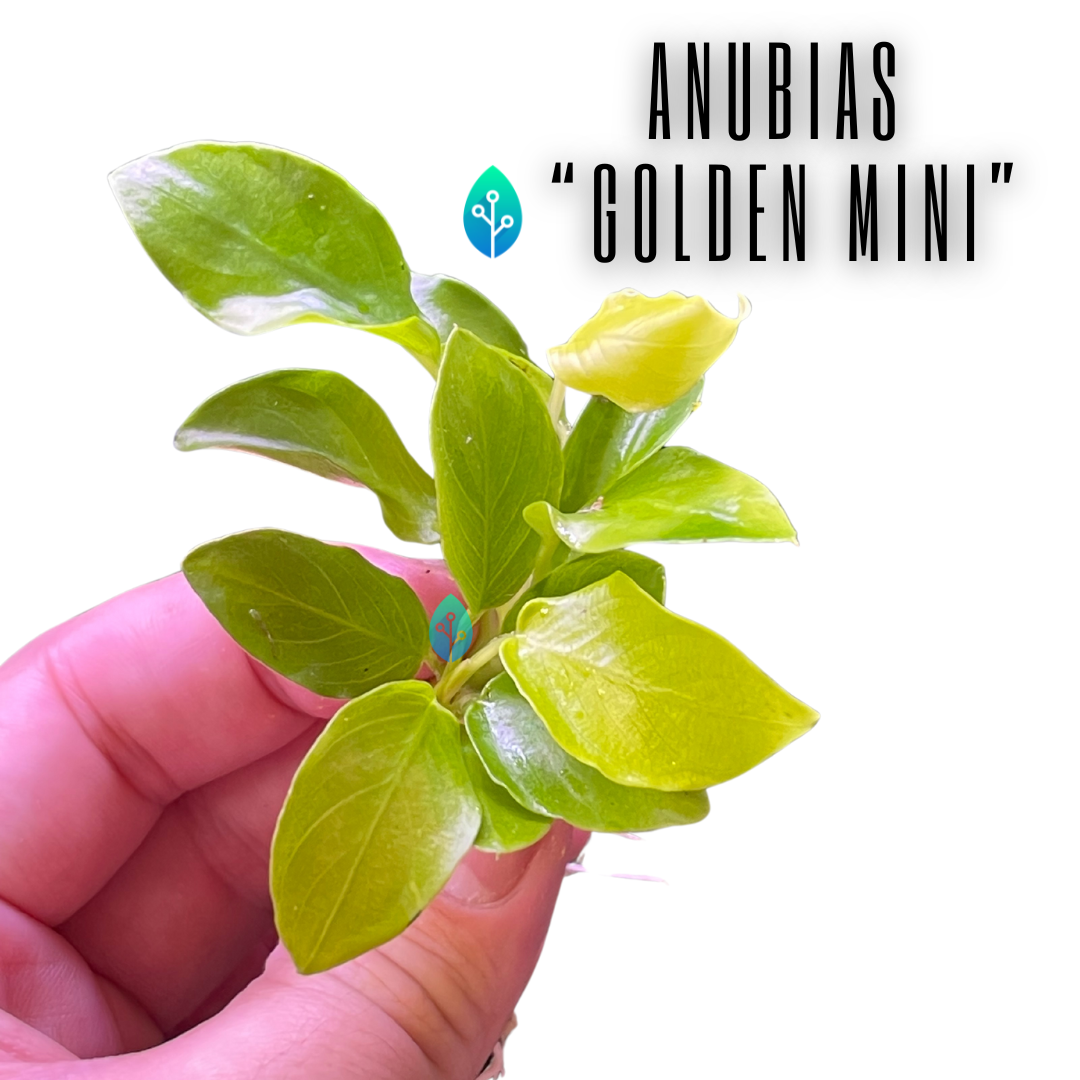🌺 Ludwigia peruensis – Care Guide
(Also known as Ludwigia glandulosa or Ludwigia peruensis "Red" in the hobby)
Ludwigia peruensis is a stunning, red-to-purple stem plant that adds bold contrast and vibrant color to freshwater aquascapes. It’s known for its dramatic leaf coloration and is a favorite in Dutch-style tanks or as a focal point in nature aquascapes.
🔎 Overview
-
Scientific Name: Ludwigia glandulosa (commonly labeled as Ludwigia peruensis in the trade)
-
Common Name: Ludwigia Peruensis, Glandular Ludwigia
-
Origin: North America (misleadingly marketed as "Peruensis")
-
Growth Form: Upright stem plant with pointed, lance-shaped leaves
-
Leaf Color: Deep green to dark red or purple, depending on conditions
-
Height: 20–50 cm (8–20 inches)
-
Placement: Midground or background
💡 Care Requirements
🔆 Lighting
-
High lighting is required for best coloration (deep reds and purples)
-
In medium light, leaves stay green or brownish with minimal red
💨 CO₂
-
Strongly recommended – helps enhance growth and brings out rich red/purple hues
-
Without CO₂, it may survive but grow slower and lose intensity
💧 Water Parameters
-
Temperature: 22–28°C (72–82°F)
-
pH: 6.0–7.5
-
Hardness: Soft to moderately hard
-
Flow: Moderate preferred to prevent algae buildup on leaves
🧪 Nutrients
-
Heavy feeder – needs both a rich substrate and liquid fertilizers
-
High iron and micronutrients help maintain red coloration
-
Deficiency = pale or translucent leaves, especially at the tips
✂️ Growth & Maintenance
-
Growth Rate: Moderate
-
Regular trimming encourages bushy growth – top and replant cuttings to create full bunches
-
Remove older bottom leaves if they yellow or melt
🌱 Propagation
-
Propagated by cuttings:
-
Snip healthy tops (~10 cm) and replant into the substrate
-
Side shoots will also form along trimmed stems
-
-
Roots readily from cuttings when planted in good substrate
🪴 Aquascaping Tips
-
Best used as a focal point in the mid-to-background
-
Looks fantastic in Dutch-style aquascapes with strong color contrasts
-
Pairs well with:
-
Bright green plants like Limnophila sessiliflora or Hydrocotyle tripartita
-
Fine-leaf plants like Rotala wallichii for texture contrast
-
Dark hardscape to make the red pop even more
-

